Home>Furniture & Design>Office Furniture>How To Stop A Squeaky Office Chair
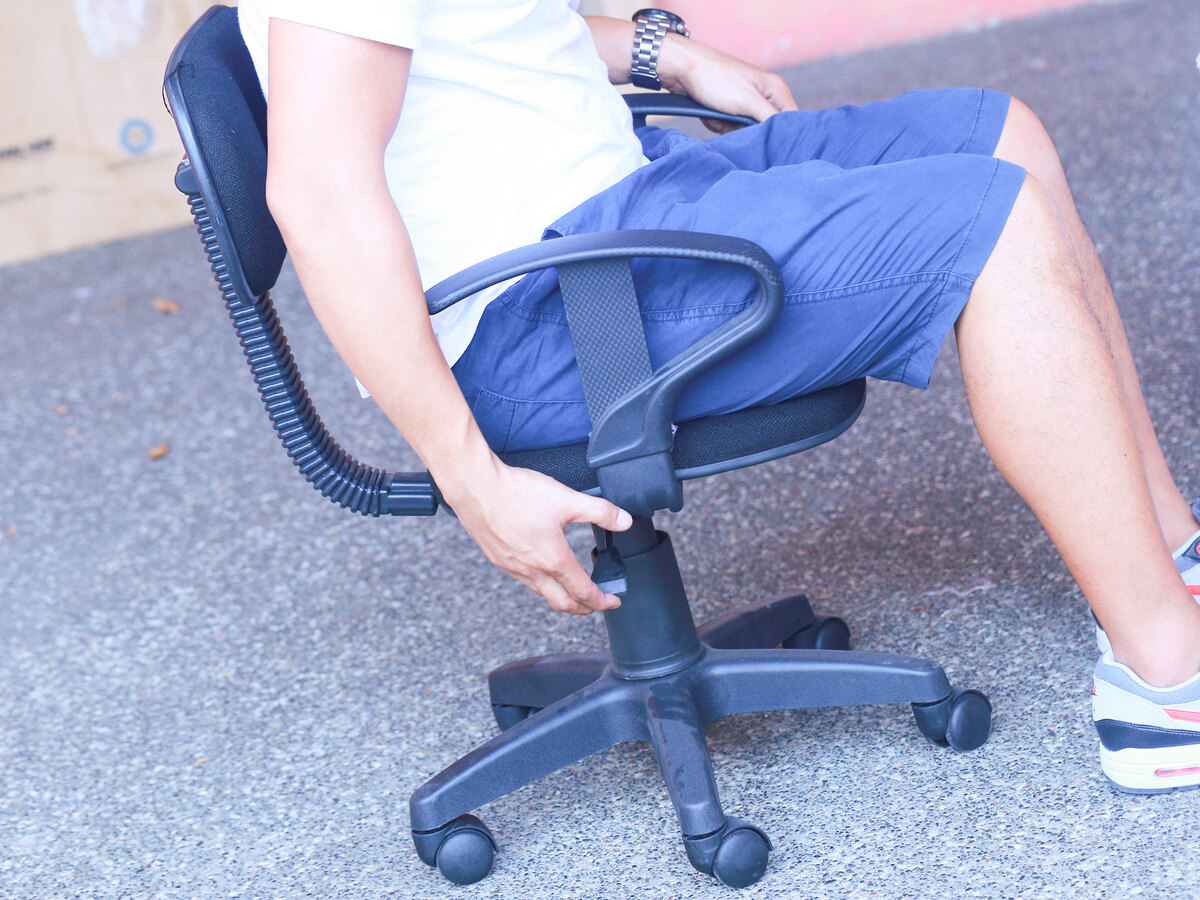

Office Furniture
How To Stop A Squeaky Office Chair
Modified: January 14, 2024
Learn how to stop a squeaky office chair with our expert tips and tricks. Say goodbye to annoying noises and enjoy a peaceful work environment. Perfect for office furniture and design enthusiasts!
(Many of the links in this article redirect to a specific reviewed product. Your purchase of these products through affiliate links helps to generate commission for Storables.com, at no extra cost. Learn more)
Introduction
Is there anything more distracting than a squeaky office chair? The incessant creaks and groans can disrupt your concentration and annoy your colleagues. But fear not, as there are simple and effective ways to silence the squeak and restore peace to your workspace. In this guide, we will explore the common causes of squeaky office chairs and provide practical solutions to eliminate those irksome sounds. By following these steps, you can transform your noisy chair into a silent and comfortable seat that enhances your productivity and focus.
So, if you're ready to bid farewell to the squeaks and reclaim the tranquility of your office environment, let's dive into the world of squeaky chair troubleshooting and solutions. Whether you're a DIY enthusiast or a novice in the realm of chair maintenance, this comprehensive guide will equip you with the knowledge and techniques to tackle the issue head-on. Get ready to say goodbye to the squeaks and hello to a serene and squeak-free workspace!
Key Takeaways:
- Say goodbye to squeaky office chairs by identifying and lubricating the source of the squeak. Tighten loose screws and bolts to eliminate annoying noises and maintain a serene workspace.
- Keep your office chair squeak-free by replacing worn parts and implementing regular maintenance. Invest in quality components and seek professional help for persistent issues.
Read more: How To Stop An Office Chair From Rolling
Identifying the Source of the Squeak
Before embarking on the journey to silence your squeaky office chair, it’s essential to pinpoint the source of the unwelcome noise. Squeaks can emanate from various parts of the chair, and a thorough assessment will help you determine the most effective course of action. Here are some common areas to investigate:
- Seat Mechanism: Start by sitting in the chair and gently rocking back and forth to identify any squeaks originating from the seat mechanism. The tilt and swivel functions are common culprits for squeaky sounds.
- Wheel Base: Roll the chair back and forth to listen for squeaks originating from the wheel base. Uneven or worn-out wheels can produce irritating noises as they move across the floor.
- Gas Lift Cylinder: If the squeak seems to be coming from the center of the chair, the gas lift cylinder may be the source. This component is responsible for adjusting the chair’s height and can develop squeaks over time.
- Armrests and Backrest: Squeaks can also arise from the armrests and backrest attachments. Gently apply pressure to these areas while listening for any telltale sounds.
By carefully assessing these potential sources, you can narrow down the area requiring attention and proceed with targeted solutions. Remember to perform these checks in a quiet environment to accurately detect the origin of the squeak.
Once you’ve identified the specific location of the squeak, you’re ready to move on to the next step: lubricating the moving parts to eliminate the unwelcome noise and restore your chair to its former silent glory.
Lubricating the Moving Parts
Now that you’ve identified the source of the squeak in your office chair, it’s time to address the issue by lubricating the moving parts. Over time, friction and wear can lead to squeaks and creaks in various components of the chair. Fortunately, a simple application of lubricant can work wonders in silencing these irritating sounds. Here’s how to proceed:
- Choose the Right Lubricant: Select a high-quality silicone-based or dry lubricant specifically designed for mechanical components. Avoid using oil-based lubricants, as they can attract dust and dirt, potentially exacerbating the issue in the long run.
- Apply the Lubricant: Begin by carefully tilting the chair to access the moving parts, such as the tilt mechanism, swivel joints, and wheel axles. Apply a small amount of lubricant to the pivot points and moving connections, ensuring thorough coverage while avoiding excessive dripping.
- Work the Mechanisms: After applying the lubricant, engage the chair’s various mechanisms by swiveling, tilting, and rolling it back and forth. This will help distribute the lubricant evenly and work it into the moving parts, reducing friction and eliminating the squeaks.
- Wipe off Excess Lubricant: Use a clean cloth to wipe off any excess lubricant that may have accumulated on the surfaces. This step helps prevent the accumulation of dust and debris, maintaining the effectiveness of the lubrication over time.
By following these steps, you can effectively address the root cause of the squeaks and restore smooth and silent operation to your office chair. The application of lubricant not only eliminates the current noise but also helps prevent future squeaks by reducing friction and wear on the moving components.
With the moving parts now properly lubricated, you’re well on your way to enjoying a serene and squeak-free office chair. However, if the squeak persists, it’s time to explore other potential remedies, such as tightening loose screws and bolts.
To stop a squeaky office chair, try applying lubricant to the moving parts such as the wheels, swivel mechanism, and gas lift. This can help reduce friction and eliminate the squeaking noise.
Tightening Loose Screws and Bolts
If lubricating the moving parts didn’t fully resolve the squeak in your office chair, the next step is to inspect and tighten any loose screws and bolts. Over time, the constant use of the chair can cause fasteners to gradually loosen, leading to annoying squeaks and wobbles. Here’s how to address this issue effectively:
- Inspect the Chair: Carefully examine the entire chair, paying close attention to areas where different components are attached, such as the seat, backrest, armrests, and wheel base. Use a screwdriver or wrench to test the tightness of the screws and bolts in these areas.
- Tighten the Fasteners: If you discover any loose screws or bolts, use the appropriate tool to securely tighten them. Be sure to apply the correct amount of torque to avoid over-tightening, which can potentially damage the threads or components.
- Check for Worn Threads: In some cases, worn threads may prevent screws or bolts from securing tightly. If you encounter this issue, consider replacing the affected fasteners with new ones to ensure a snug and reliable fit.
- Reassess the Chair’s Stability: After tightening all loose fasteners, test the chair’s stability by sitting in it and moving around. Listen for any remaining squeaks and assess whether the tightening process has effectively eliminated the unwelcome noise.
By systematically addressing loose screws and bolts, you can significantly reduce the likelihood of squeaks and enhance the overall stability and integrity of your office chair. This proactive approach not only eliminates the current noise but also helps prevent future issues related to loose fasteners.
If tightening the screws and bolts resolves the squeak, congratulations! Your chair is now well on its way to regaining its silent and dependable nature. However, if the squeak persists, it may be time to consider the possibility of worn or damaged parts requiring replacement.
Replacing Worn or Damaged Parts
If your office chair continues to emit squeaks despite lubricating the moving parts and tightening loose screws and bolts, it may be necessary to inspect for worn or damaged components that require replacement. Over time, the wear and tear of daily use can take a toll on various parts of the chair, leading to persistent squeaks and compromised functionality. Here’s how to identify and address worn or damaged parts:
- Examine the Chair Components: Conduct a comprehensive examination of the chair, paying close attention to areas that have exhibited persistent squeaks. Check for signs of wear, such as cracked or deformed components, particularly in the seat mechanism, wheel base, and armrest attachments.
- Assess the Wheel Base: If the squeak appears to originate from the wheel base, inspect the wheels for signs of wear, flat spots, or damage. Worn-out or damaged wheels can produce squeaks and compromise the chair’s mobility and stability.
- Inspect the Gas Lift Cylinder: If the squeak is centralized around the chair’s height adjustment mechanism, examine the gas lift cylinder for any signs of wear, corrosion, or damage. A compromised gas lift can lead to persistent squeaks and hinder smooth height adjustments.
- Replace Worn or Damaged Parts: Upon identifying any worn or damaged components, proceed to replace them with high-quality, compatible replacements. Whether it’s a set of new wheels, a gas lift cylinder, or other crucial parts, investing in replacements will restore the chair’s functionality and silence the persistent squeaks.
By addressing worn or damaged parts, you can effectively eliminate the root cause of the persistent squeaks and rejuvenate your office chair’s performance and comfort. This proactive approach not only resolves the current noise issue but also ensures the long-term reliability and functionality of your chair.
With the worn or damaged parts replaced, your office chair is now poised to deliver a silent and dependable seating experience. However, to maintain a squeak-free environment, it’s essential to implement some final tips and best practices for ongoing chair maintenance.
Read more: How To Stop An Office Chair From Rotating
Final Tips for a Squeak-Free Chair
Now that you’ve successfully addressed the squeak in your office chair, it’s important to implement some final tips and best practices to maintain a squeak-free and comfortable seating experience. By incorporating these strategies into your chair maintenance routine, you can ensure long-term silence and optimal performance. Here are some valuable tips to keep your chair in top condition:
- Regular Cleaning and Inspection: Schedule periodic cleaning and inspection sessions for your office chair. Remove any accumulated dust, debris, or spills that can compromise the chair’s mechanisms and contribute to squeaks. A clean and well-maintained chair is less likely to develop noise issues.
- Applying Preventive Lubrication: As part of your maintenance routine, apply a thin layer of lubricant to the chair’s moving parts, even if there are no apparent squeaks. This preventive measure helps minimize friction and wear, reducing the likelihood of future noise development.
- Adjusting and Using the Chair Mindfully: Encourage users to adjust and use the chair mindfully, avoiding sudden or excessive movements that can strain the components and lead to squeaks. Proper usage and ergonomic adjustments contribute to the chair’s longevity and silence.
- Investing in Quality Components: When replacing worn or damaged parts, opt for high-quality components that are designed for durability and smooth operation. Investing in reliable replacements ensures a more resilient and silent chair.
- Seeking Professional Maintenance: If you encounter persistent issues or complex squeaks that defy DIY solutions, consider seeking professional maintenance and repair services. Expert intervention can diagnose and address underlying issues effectively.
By integrating these final tips into your chair maintenance regimen, you can uphold a squeak-free and comfortable seating environment in your office. Consistent care and attention to the chair’s condition will contribute to a serene and productive workspace, free from the distractions of squeaks and creaks.
With these strategies in place, you can enjoy the benefits of a silent and reliable office chair, promoting focus, comfort, and productivity in your daily work routine. Here’s to a squeak-free future in your workspace!
Frequently Asked Questions about How To Stop A Squeaky Office Chair
Was this page helpful?
At Storables.com, we guarantee accurate and reliable information. Our content, validated by Expert Board Contributors, is crafted following stringent Editorial Policies. We're committed to providing you with well-researched, expert-backed insights for all your informational needs.
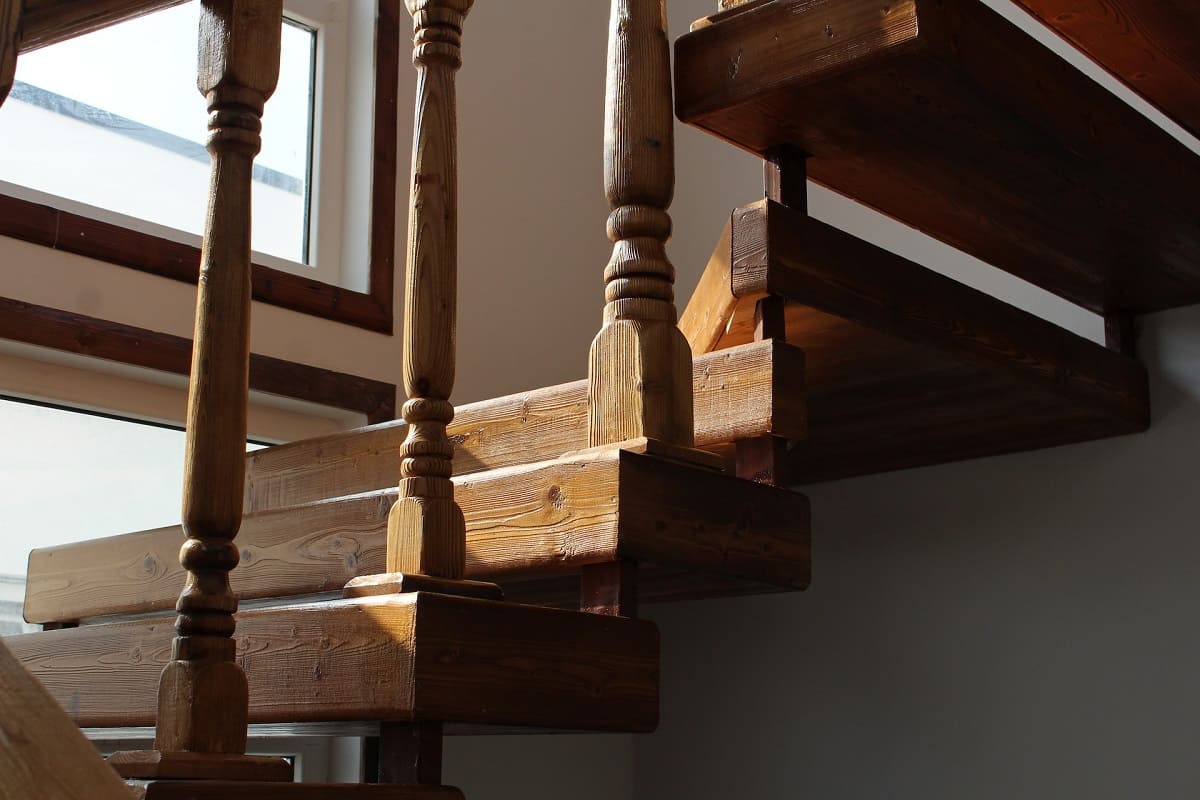

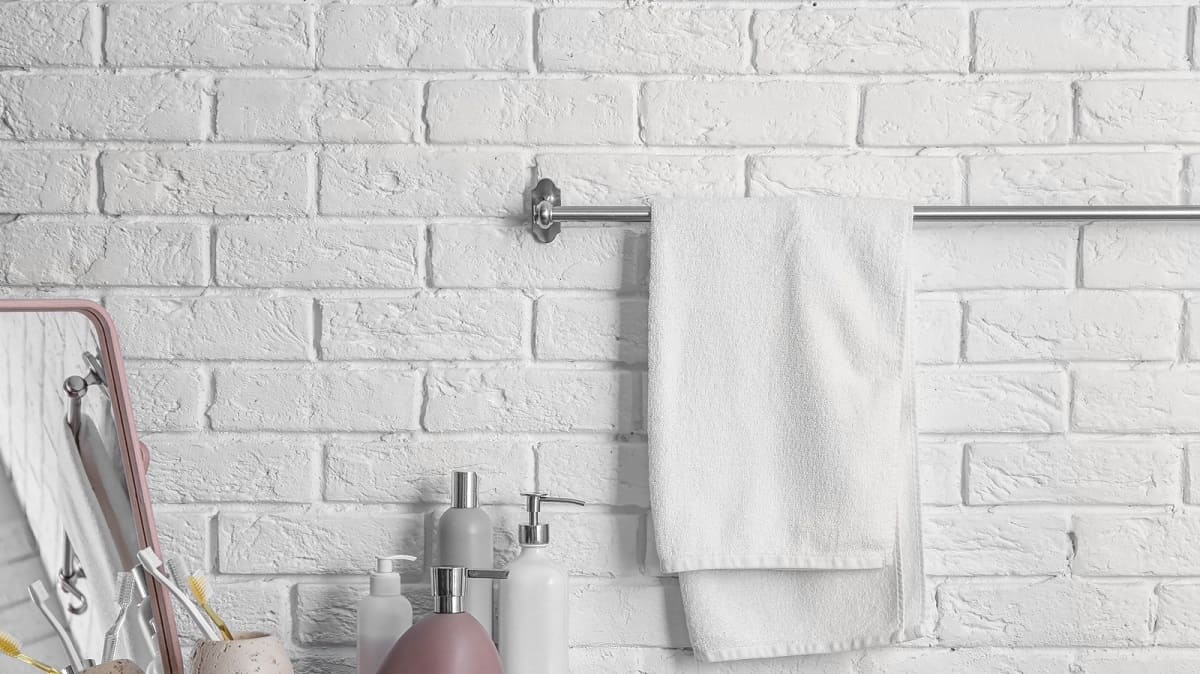
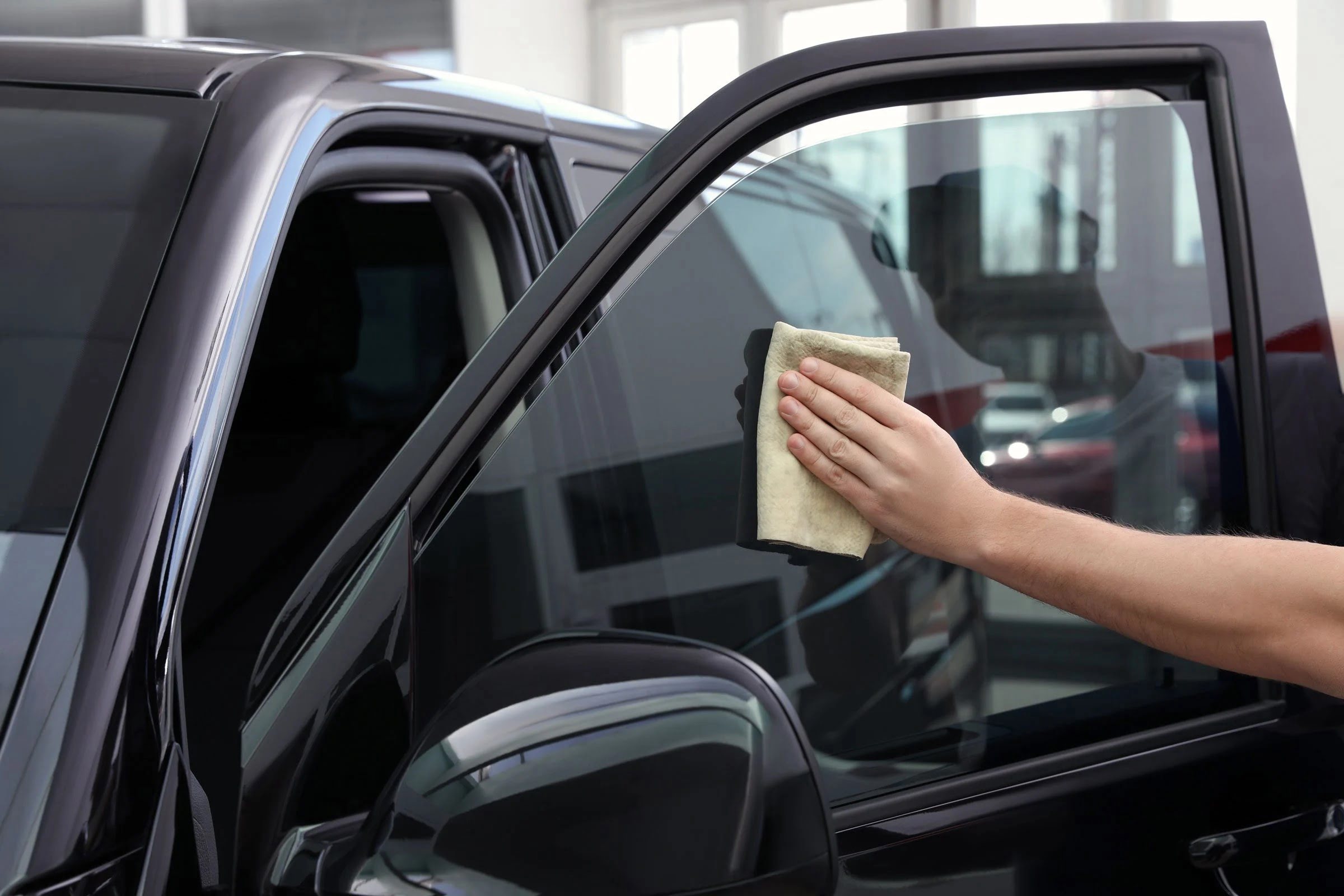
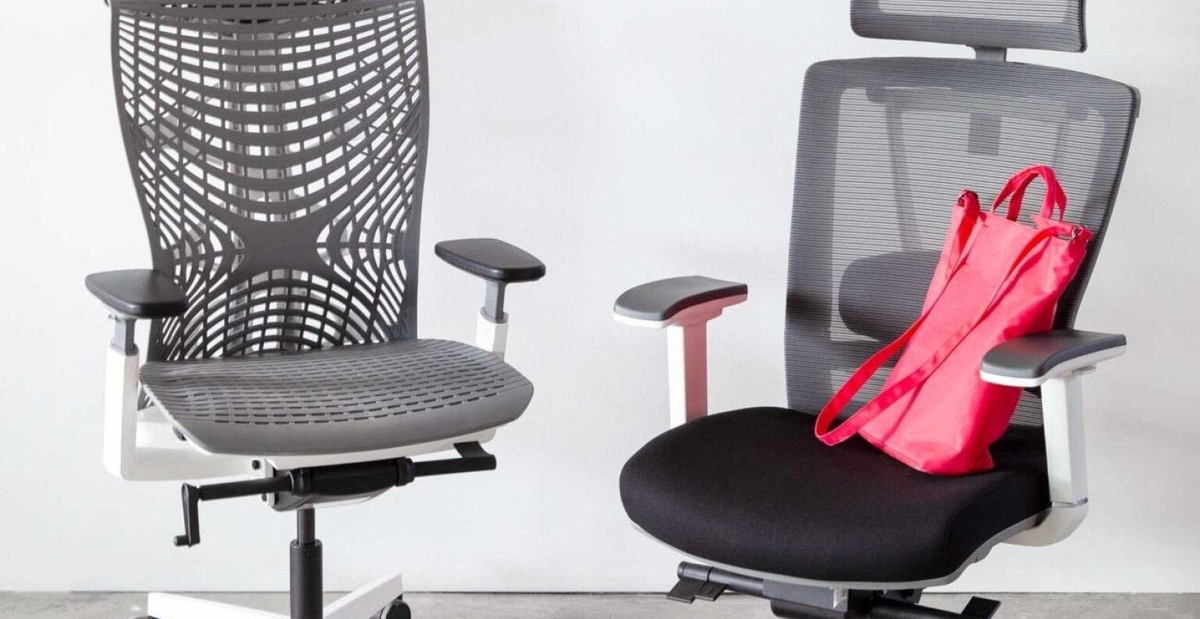
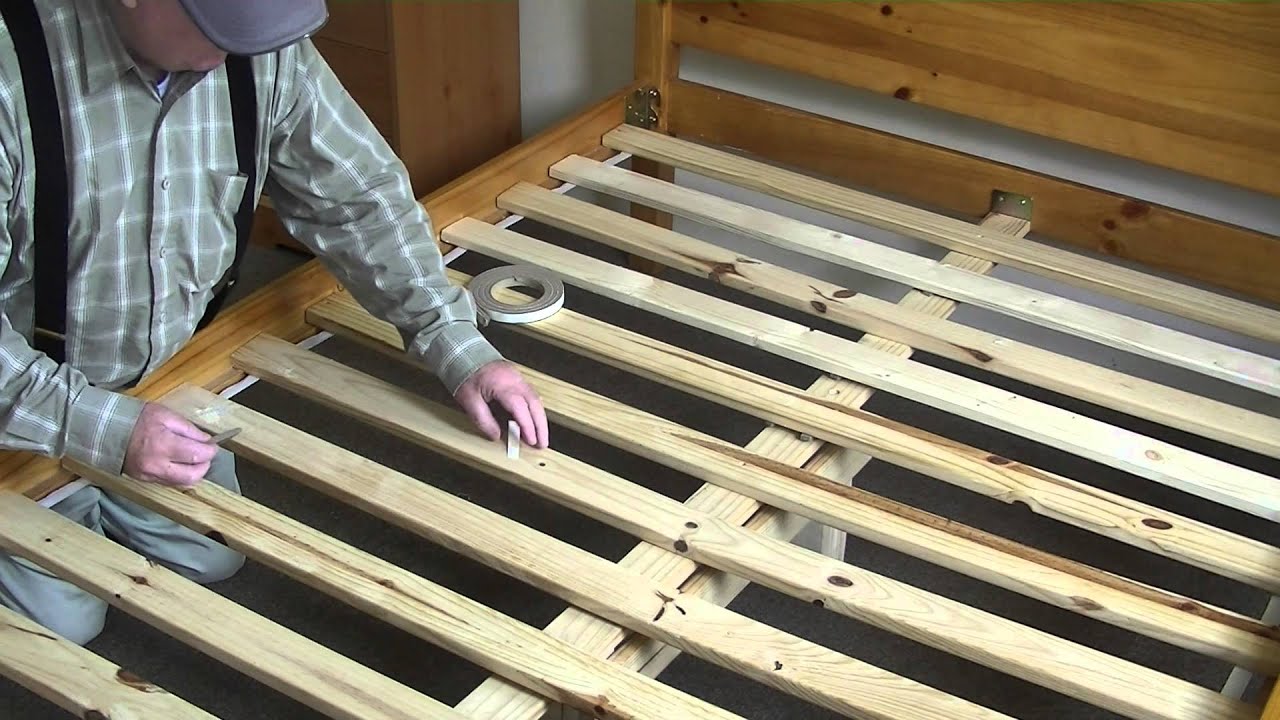
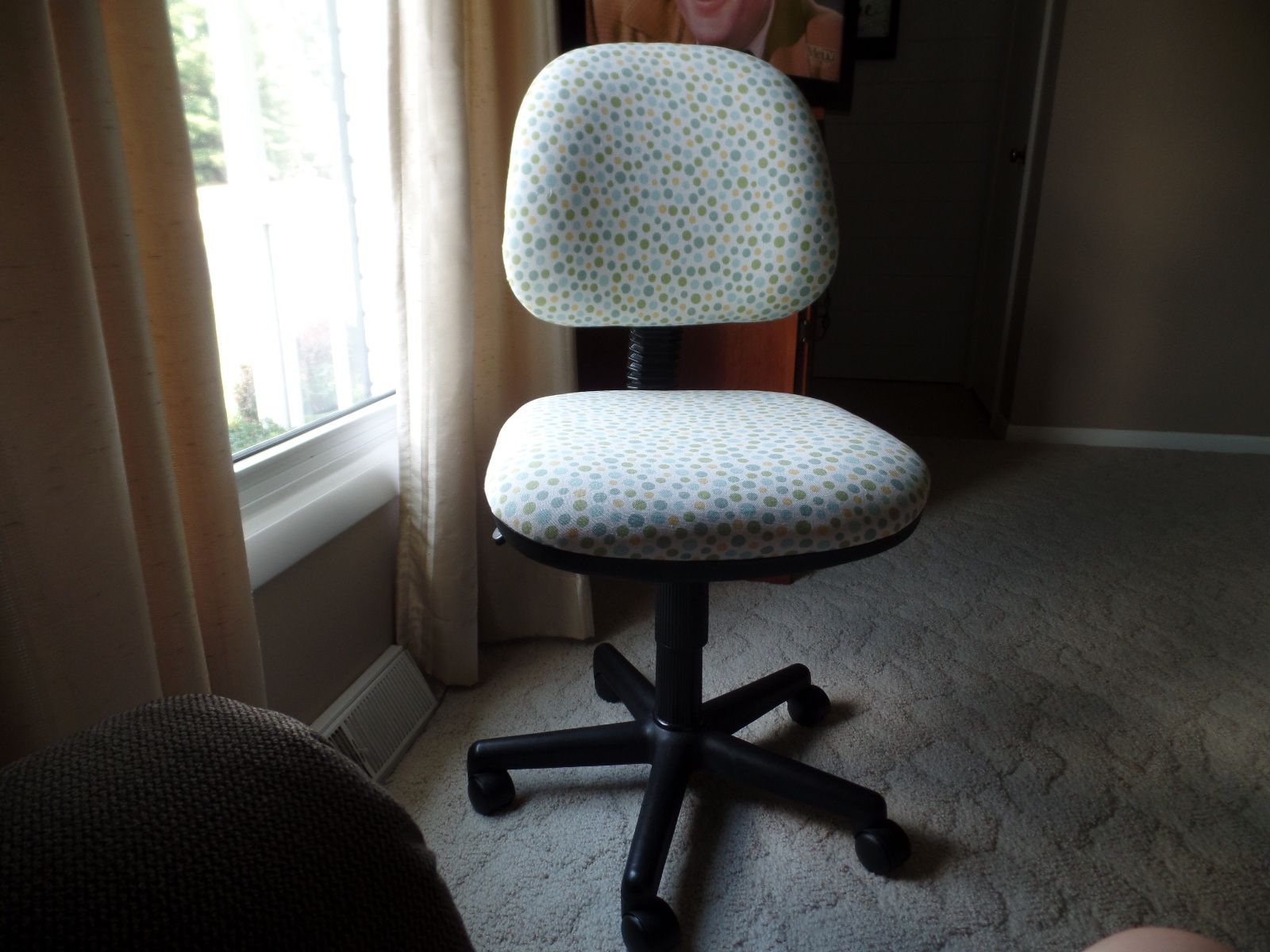
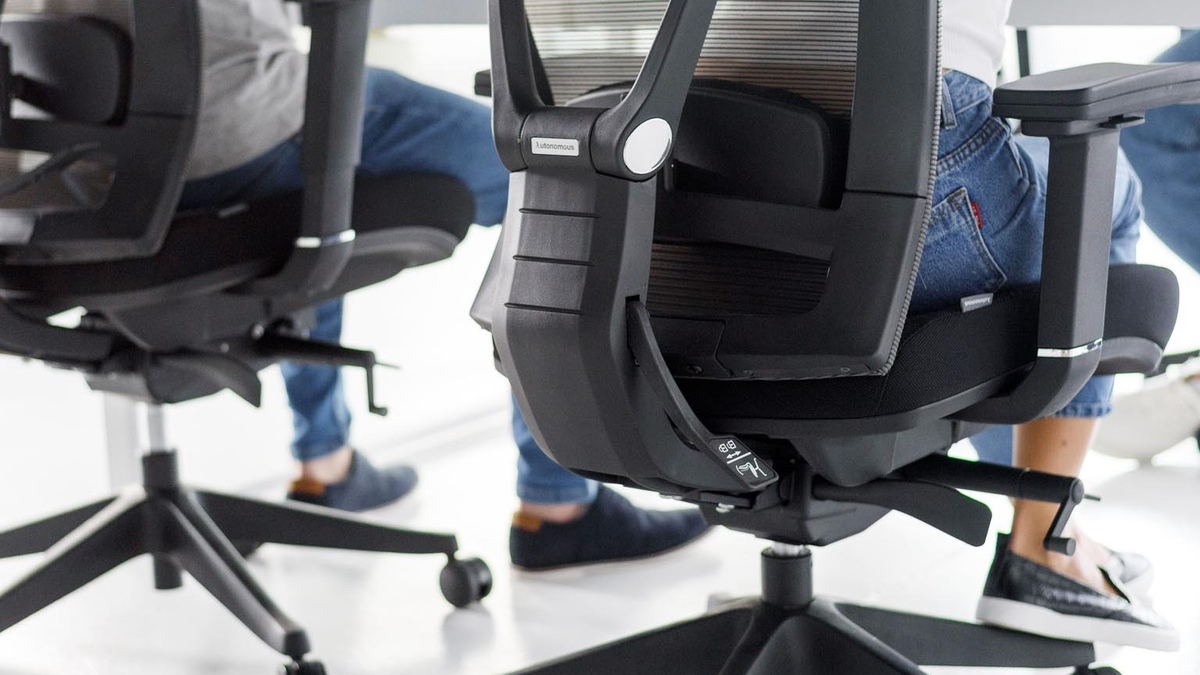
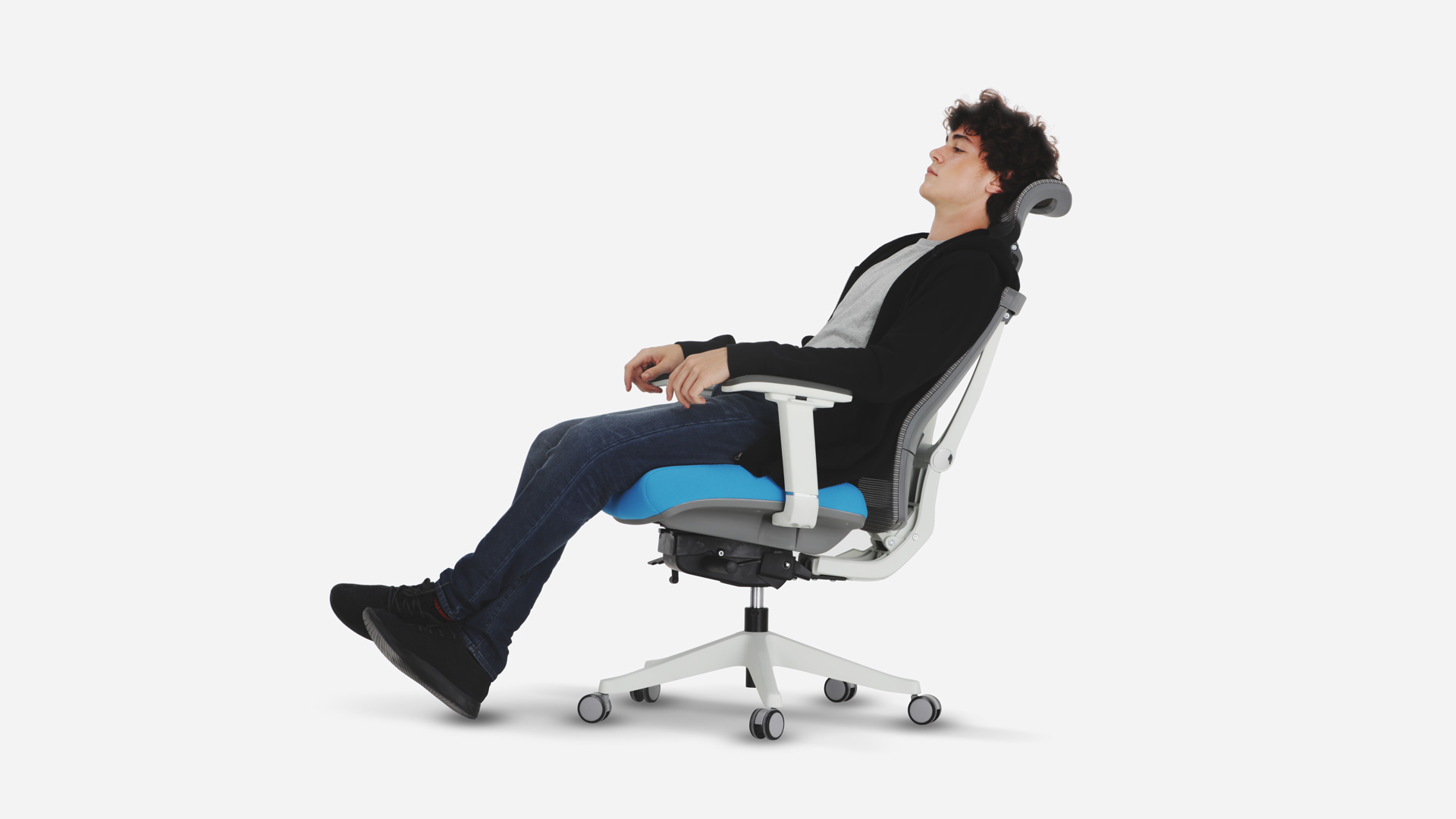
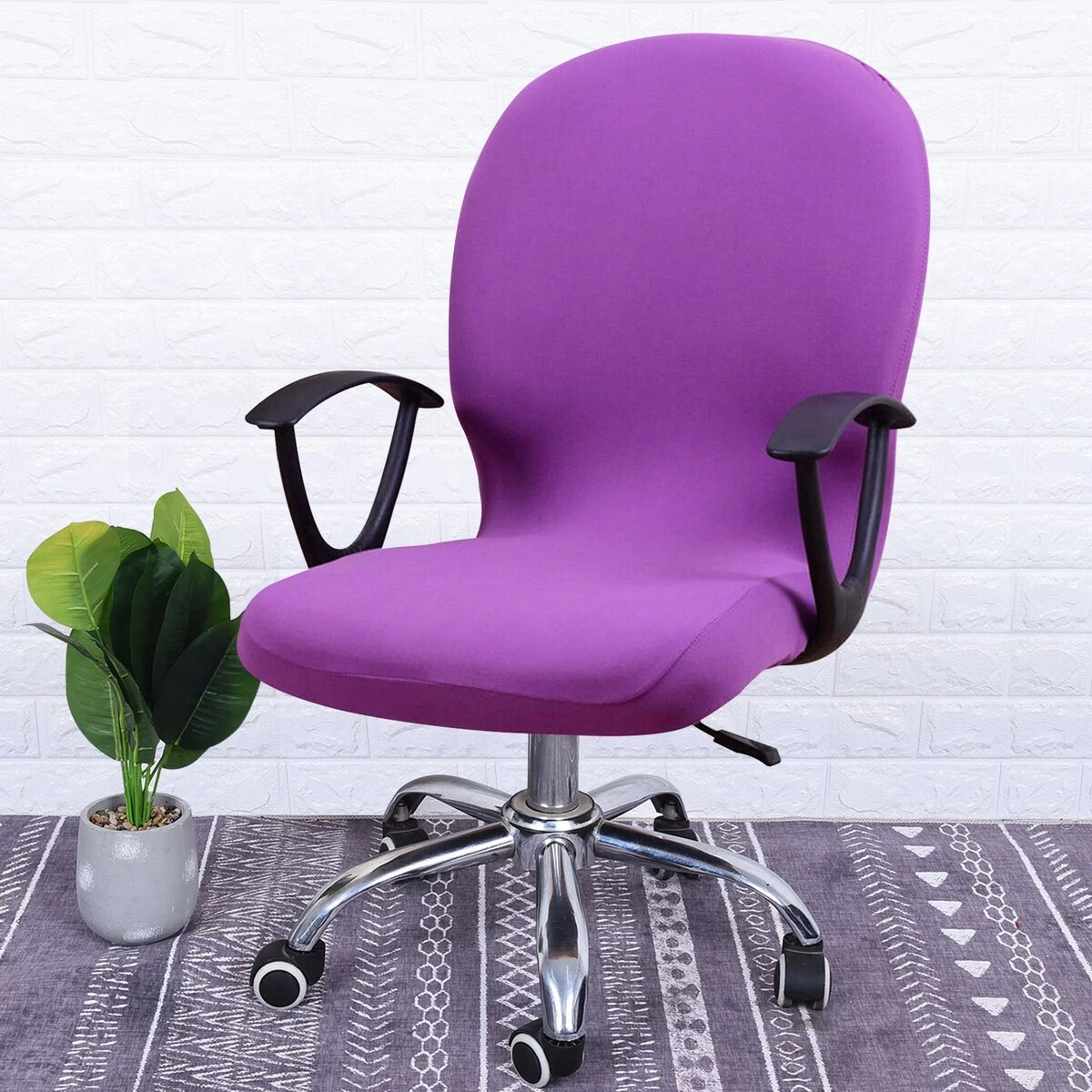

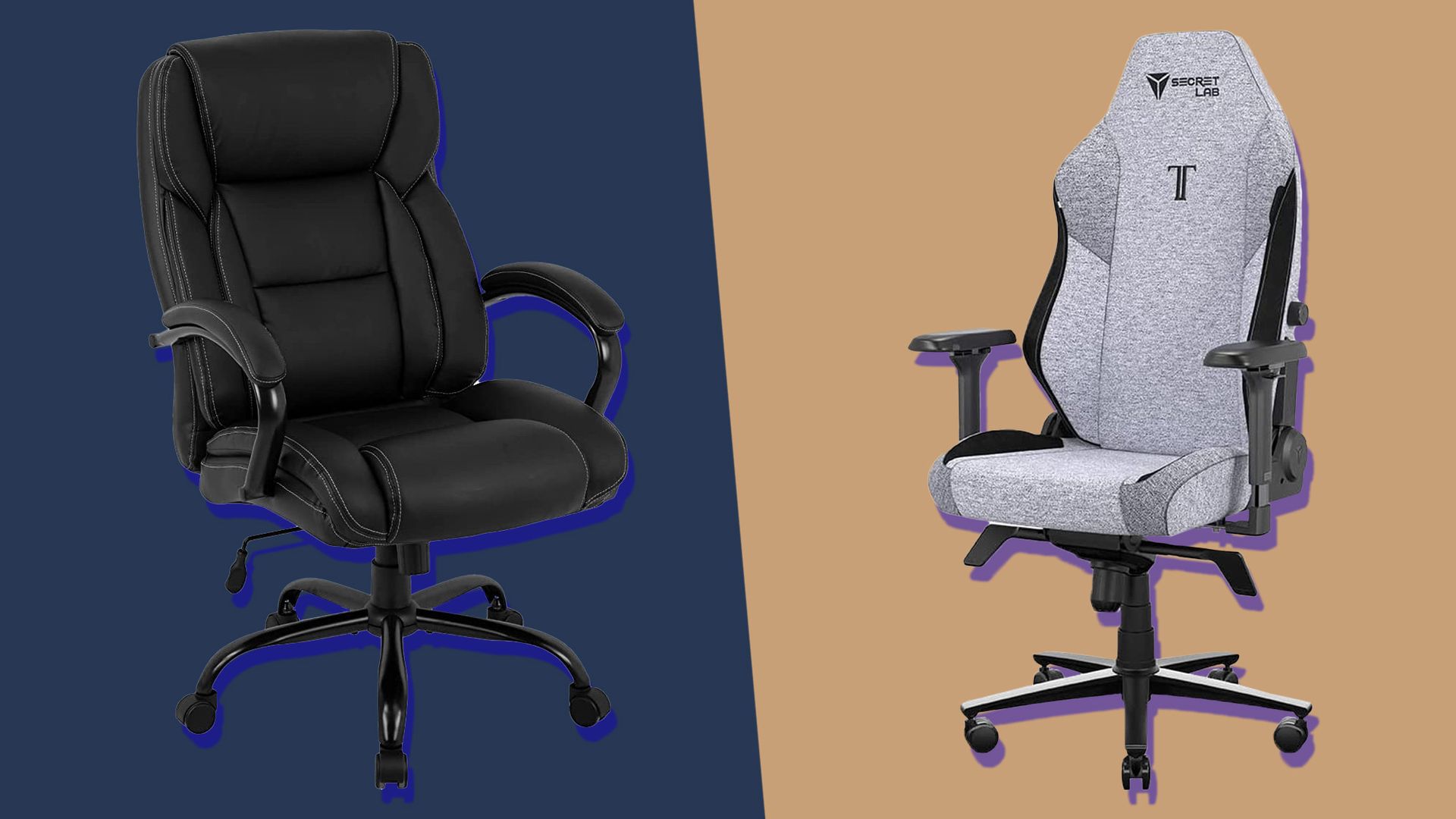
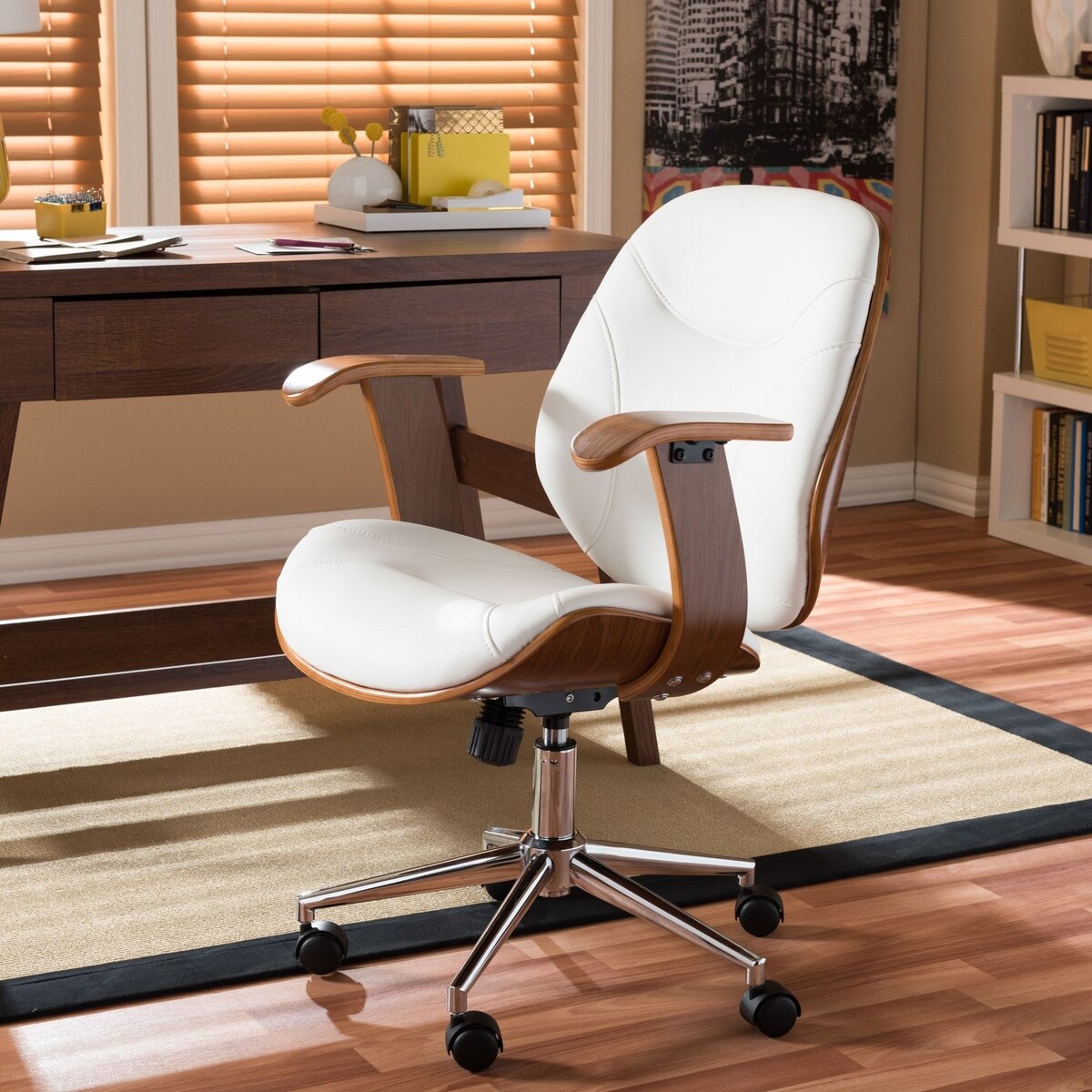
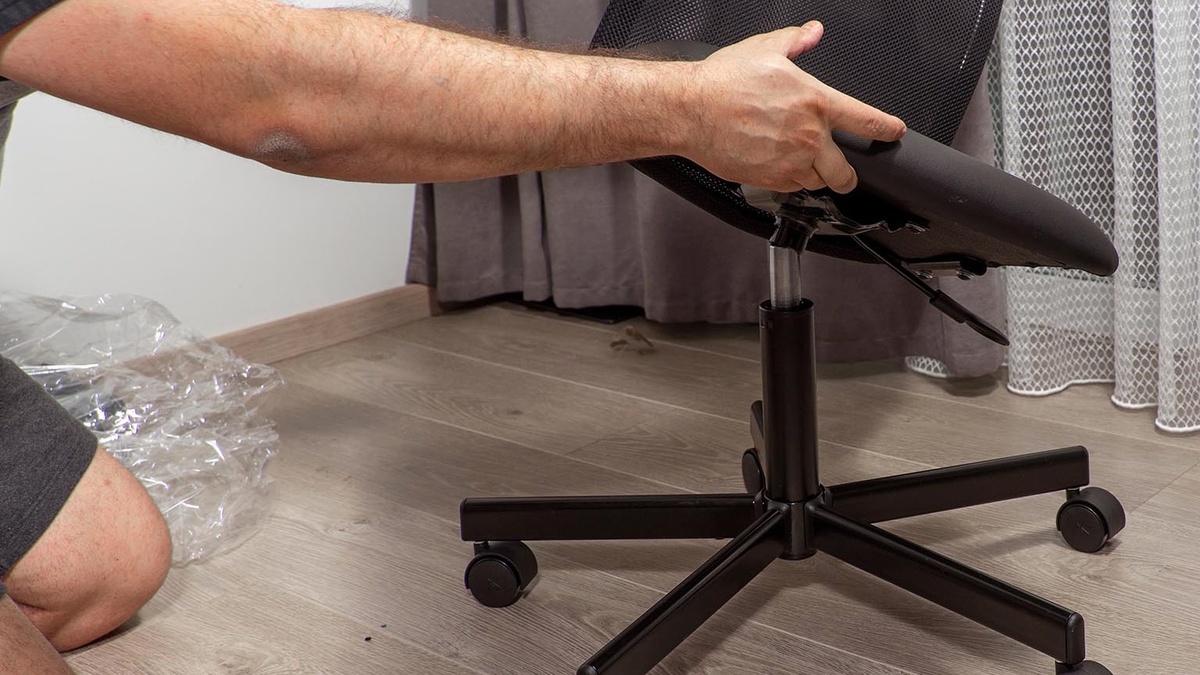

0 thoughts on “How To Stop A Squeaky Office Chair”